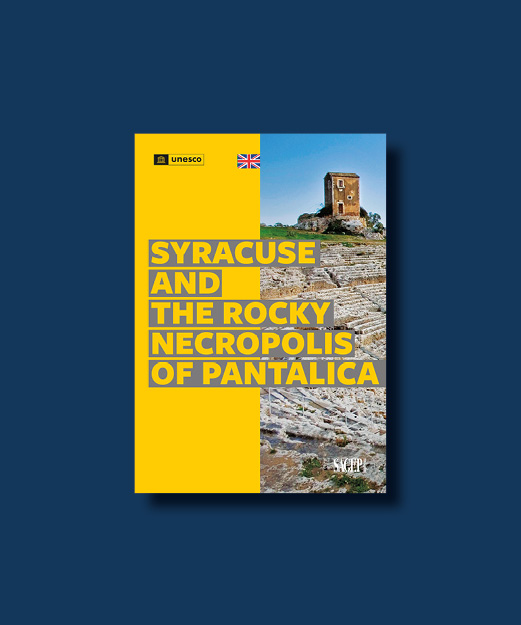Syracuse and the Rocky Necropolis of Pantalica
This site consists of two different parts which have yielded finds from both Greek and Roman times. The Necropolis of Pantalica, located near some open-air quarries, contains more than 5,000 tombs, many of which date back to between the 13th and 7th centuries BC.
In the Necropolis there are remains from the Byzantine era, as well as the remains of the Anaktoron (Prince’s Palace).
The second part is instead ancient Syracuse, which includes Ortygia, the first nucleus of this city founded by Greek colonists who arrived from Corinth in the 8th century BC.
The site of the city (which Cicero called “the largest and most beautiful of all Greek cities”) still houses the remains of the Temple of Athena (5th century BC), later converted into a cathedral. The ruins of a Greek theatre, a Roman amphitheatre, and many other buildings are also visible. These testimonies substantiate the turbulent history of Sicily from the domination of the Byzantine Empire to that of the Bourbons, passing via Arabs, Normans, the domination of Frederick II (Hohenstaufen, 1197-1250) and that of the Aragonese. Ancient Syracuse represents a testimony, unique of its kind, of the development of the Mediterranean civilization over three millennia.

